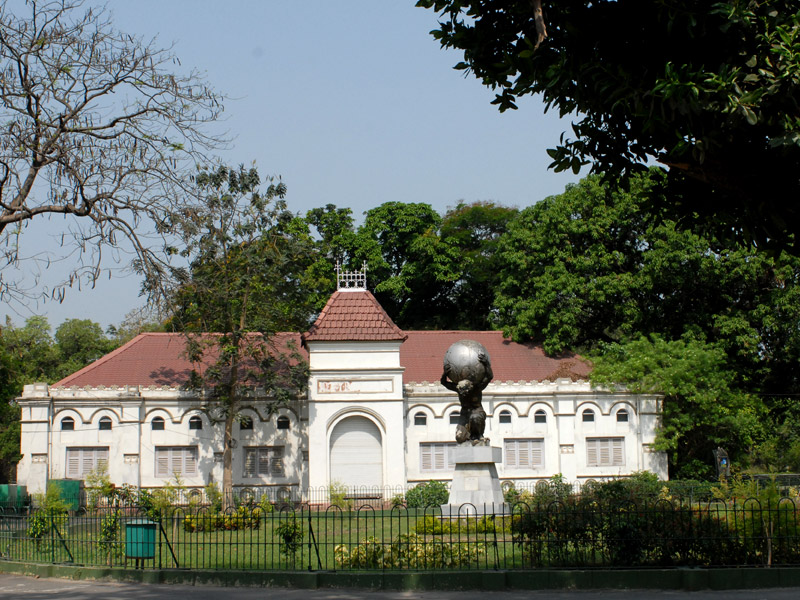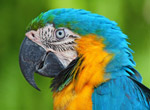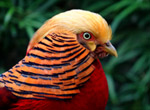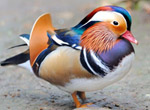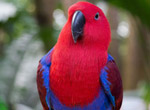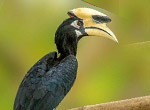




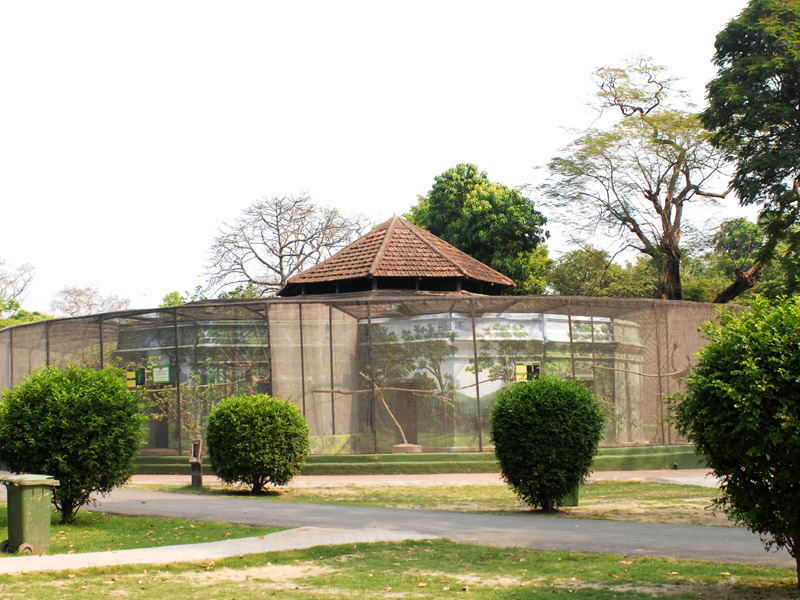
The Murshidabad House is named in honour of its donor, H.H. the Nawab Bahadur of Murshidabad. At that time "The Birds of Paradise" was there. Several valuable birds are found here.
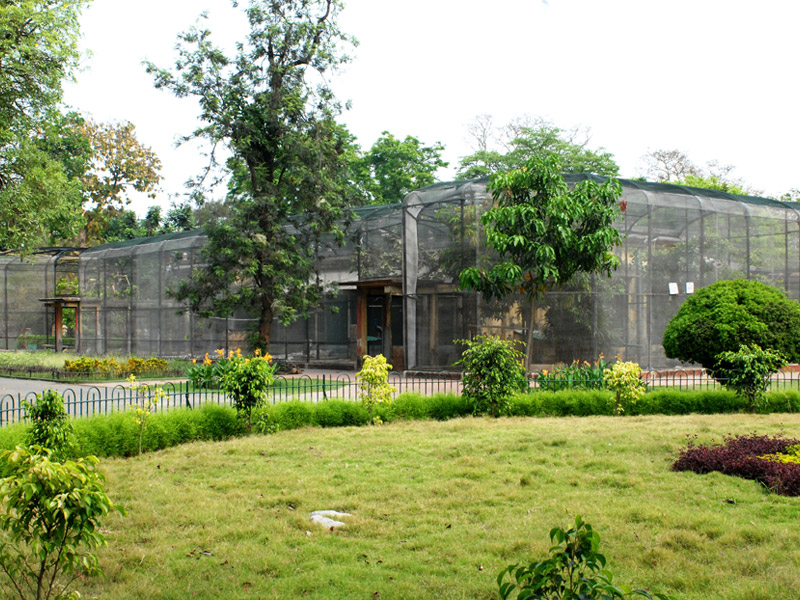
This house has been erected at the cost of Maharaja Manindra Chandra Nandy, the nephew and successor of the late Maharani Sarnomoyi of Cossimbajar. The house was extended in three sides of the main building are three lofty wirenetting aviaries (the Eastern Aviary, The Western Aviary and The Central aviary) which contains bushes and trees and afford practically a natural home for the birds.
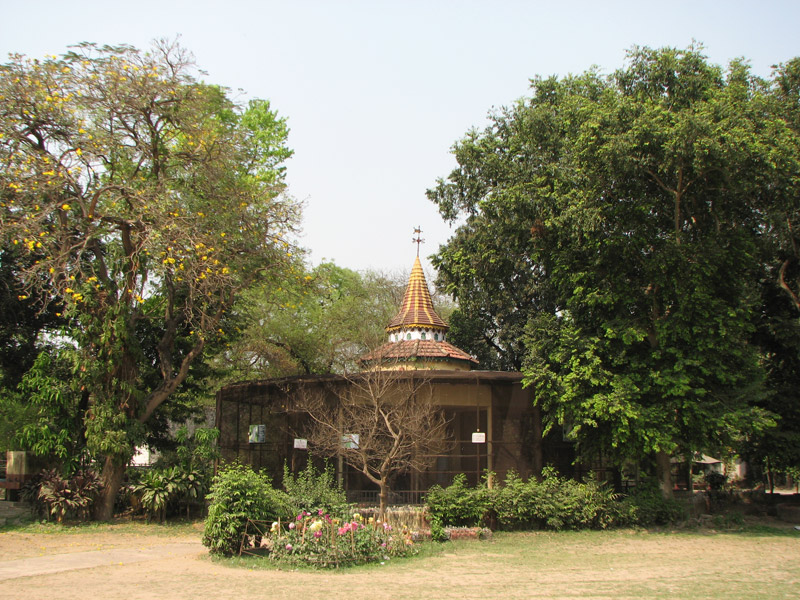
This house was made after Carl Louis Schwendler (Postmaster to the Govt. of India) in the year 1876. Here a nice miniature lake present. A tiny little stream fed by clean pipe water trickling down from a little rockery, with grass plots on one side, and pebbly flats on the other.
On 10th February, 1876 Carl Louis Schwendler donated Siamese Fireback, Monaul, Linn, Wild Common Fowl, Sikkim Horned Pheasant, Guinea Fowl, and Peacock Pheasant.
On 12th February, 1876 he donated Lineated Pheasant, Golden Pheasant, and Silver Pheasant.
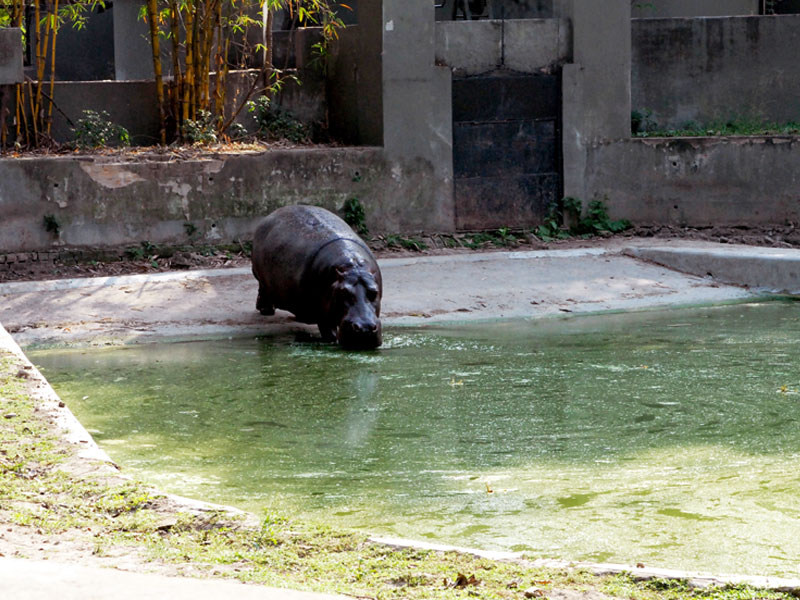
This enclosure was built to commemorate the name of Mr. C.T. Buckland, I.C.S. who was the president of Garden for many years and contributed largely to its welfare at the time of its infancy. This enclosure was originally built for the Rhinoceros and is now inhabited by a Hippopotamus.
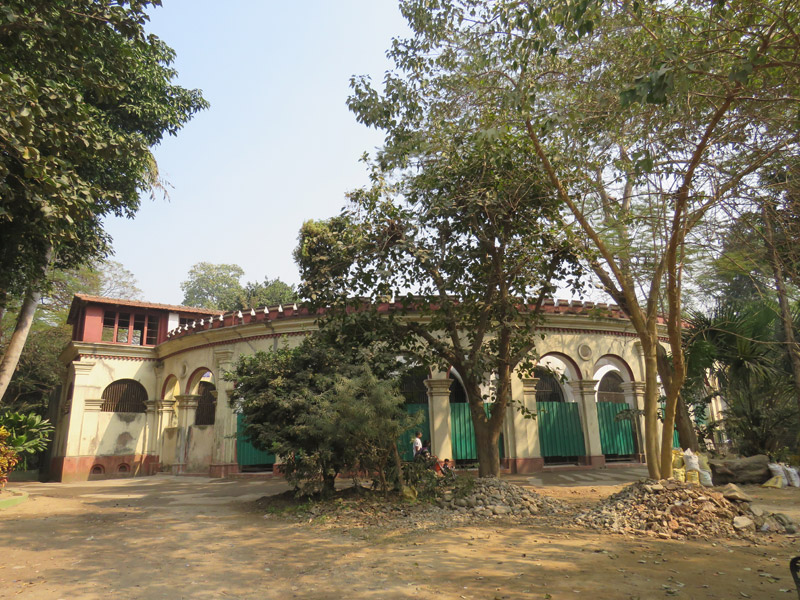
Mymensing enclosure is the most conspicuous improvement carried out in the Burdwan House. The cost was met from the fund provided by the late Maharaja Bahadur Surya Kanta Acharya Chowdhury of Mymensing. The enclosure is named after him as Mymensing enclosure. It is now used as the open enclosure for tigers.
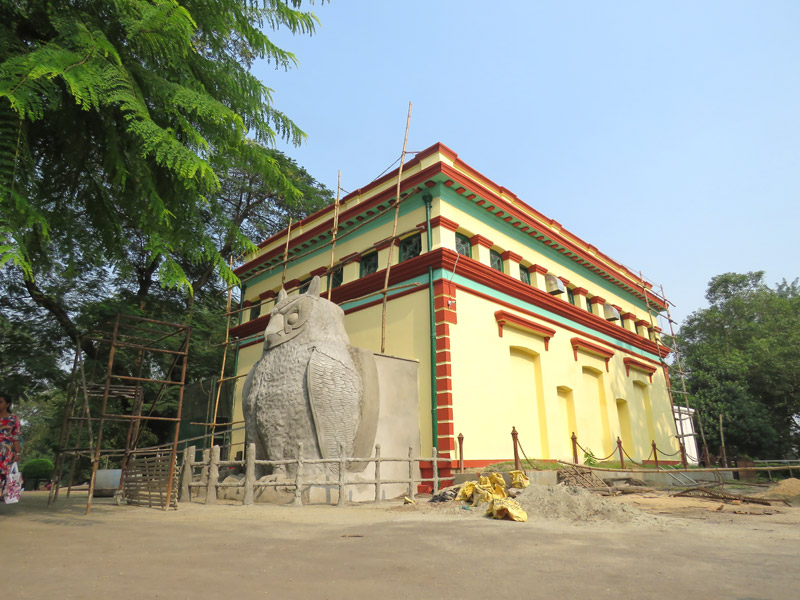
The Gubbay House was built to commemorate the name of Mr. Ellias Gubbay. When it was opened, it was used for keeping the Apes and Monkeys. The enclosure is an oblong brick-made edifice measuring 50 feet long by 30 feet broad by 22 feet high with an arched roof. Currently The Gubbay House is being remodeled into a Nocturnal House.

It is named after the late Maharaja Sir Jotindra Mohan Tagore, K.C.I.E., of Calcutta, who was a constant supporter of the Zoological Garden, and was a recognised leader of Bengal aristrocracy.
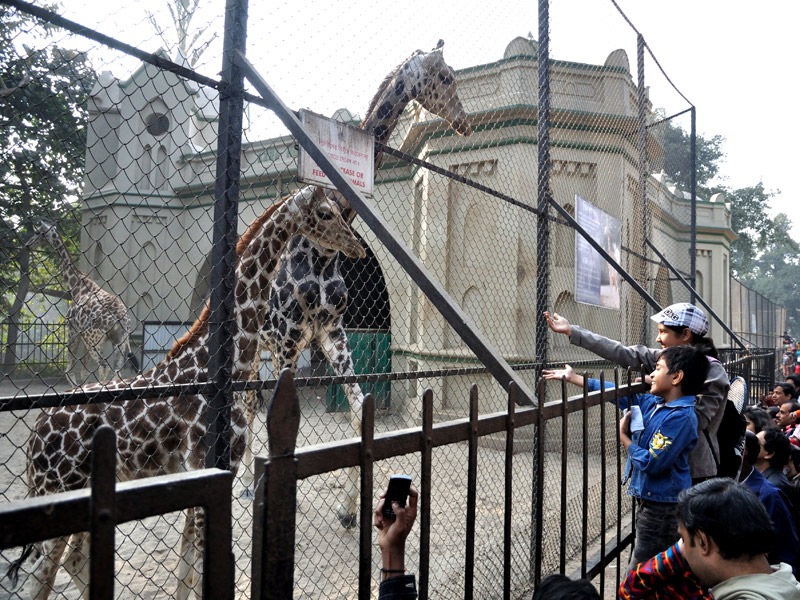
The Ezra House was built by the late Mr. David Ezra. He donated a pair of Giraffes to the zoo and to keep these the house was built in 1877.

It is named after Raja Rajendra Nath Mullick of Chorebagan, Calcutta, an enthusiastic animal fancier of his time, who maintained his own private menagerie long before the "Zoo" came into existence. It is a round brick-built structure with six radiating outer wire-netting cages, each having a small fresh water tank. Primarily Otters were presents.
